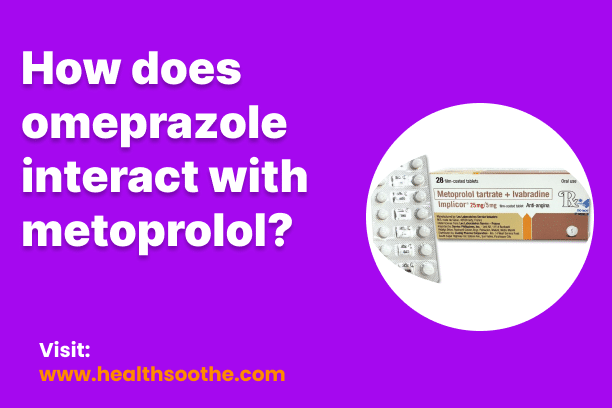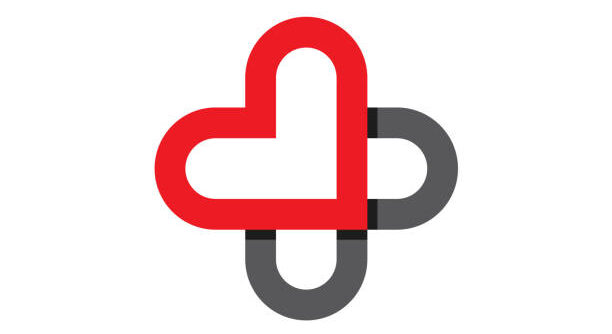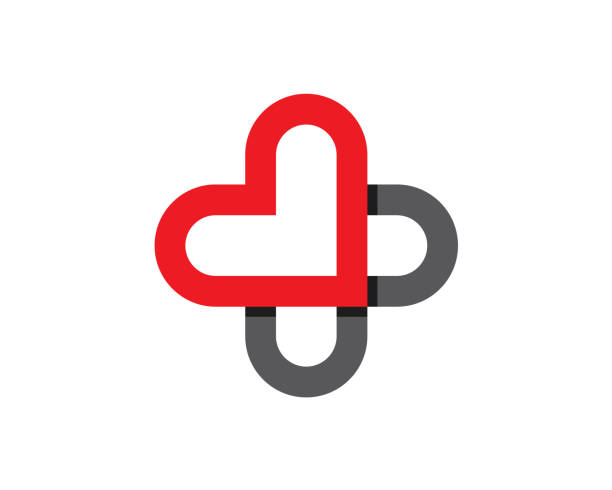
Omeprazole, a proton pump inhibitor, can interact with metoprolol, a beta-blocker commonly used to treat hypertension and heart-related conditions. The interaction is primarily pharmacokinetic—omeprazole may inhibit the liver enzyme CYP2C19, which is partly involved in the metabolism of metoprolol. This can lead to elevated plasma levels of metoprolol, potentially enhancing its effects such as bradycardia (slow heart rate), hypotension, or fatigue. A 2020 review in Drugs & Therapy Perspectives highlights that while this interaction is generally moderate, it can be clinically significant in elderly or sensitive patients. Additionally, research published in the European Journal of Clinical Pharmacology (2019) supports the idea that proton pump inhibitors like omeprazole can increase beta-blocker bioavailability, necessitating dose monitoring. Patients taking both drugs should be regularly monitored for blood pressure and heart rate changes. Always consult a healthcare provider before combining medications to minimize risks and ensure therapeutic effectiveness.
Advertisement/Sexual content
Metoprolol
Metoprolol is utilized either alone or in combination with other drugs to manage hypertension (high blood pressure). By reducing high blood pressure, it aids in preventing strokes, heart attacks, and kidney issues. Additionally, this medication is employed for treating angina (chest pain) and enhancing survival post a heart attack. Metoprolol is classified as a beta blocker medication, acting by inhibiting certain natural chemicals like epinephrine in the body. This action results in decreased heart rate, blood pressure, and cardiac strain.
How to use Metoprolol
Take this medication orally with or immediately after a meal, following your doctor’s instructions, typically 1 to 3 times daily. The dosage is determined based on your medical condition and response to treatment.
To minimize the risk of side effects, your doctor may advise starting at a low dose and gradually increasing it. Adhere closely to your doctor’s guidance.
Consistently use this medication to maximize its benefits. Establish a routine by taking it at the same time(s) each day. Do not abruptly discontinue this medication without consulting your doctor, as your condition could worsen.
For hypertension treatment, it may take several weeks to experience the full effects of the drug. Keep taking it even if you feel well, as high blood pressure often lacks noticeable symptoms.
For preventing chest pain, subsequent heart attacks, or migraines, it’s crucial to take this medication as prescribed. Do not use this drug to manage acute chest pain or migraines; instead, follow your doctor’s instructions for other medications during sudden attacks (e.g., nitroglycerin tablets for chest pain, “triptan” drugs like sumatriptan for migraines). Seek advice from your doctor or pharmacist for specifics.
Inform your doctor if your condition doesn’t improve or worsens (e.g., persistently high or increasing blood pressure readings, more frequent chest pain or migraines).
Read Also: Holistic Approaches to Integrative Healing: Beyond Traditional Medicine
Side Effects
- Common Side Effects:
-
-
- Drowsiness
- Dizziness
- Tiredness
- Diarrhea
- Slow heartbeat
-
- Rare Side Effects:
-
-
- Decreased sexual ability (reported rarely)
- Very slow heartbeat
- Fainting
- Blue fingers/toes (indicative of reduced blood flow)
- New or worsening symptoms of heart failure (shortness of breath, swelling ankles/feet, unusual tiredness, unusual/sudden weight gain)
- Mental/mood changes (confusion, mood swings, depression)
-
- Precautions:
-
- To reduce the risk of dizziness and lightheadedness, rise slowly from sitting or lying down.
- This medication may reduce blood flow to the extremities, causing them to feel cold. Smoking may worsen this effect. Dress warmly and avoid tobacco use.
- Serious allergic reactions to this drug are rare but require immediate medical attention (rash, itching/swelling, severe dizziness, trouble breathing).
Interactions between your drugs
Metoprolol Succinate ER
There are 510 drugs identified to interact with Metoprolol Succinate ER.
Metoprolol succinate ER falls under the category of cardioselective beta blockers. It is prescribed for the treatment of the following conditions:
- Angina
- Angina Pectoris Prophylaxis
- Heart Attack
- Heart Failure
- High Blood Pressure
Omeprazole
A total of 222 drugs have been identified to interact with omeprazole.
Omeprazole belongs to the drug class proton pump inhibitors and is utilized to treat the following conditions:
- Barrett’s Esophagus
- Duodenal Ulcer
- Erosive Esophagitis
- Gastritis/Duodenitis (off-label)
- GERD (Gastroesophageal Reflux Disease)
- Helicobacter Pylori Infection
- Hiatal Hernia (off-label)
- Indigestion
- Laryngopharyngeal Reflux (off-label)
- Multiple Endocrine Adenomas
- Stomach Ulcer
- Systemic Mastocytosis
- Zollinger-Ellison Syndrome
Pros and Cons of omeprazole and metoprolol
Omeprazole:
Pros:
- Effective for acid reflux
- Ulcer treatment
- Long-lasting relief
- Generally well-tolerated
Cons:
- Side effects
- Potential long-term risks
- Rebound acid production
Metoprolol:
Pros:
- Blood pressure control
- Heart condition management
- Reduces mortality in heart failure
- Well-studied
Cons:
- Side effects
- Masking symptoms
- Not for everyone
- Withdrawal effects
Differences Between omeprazole and metoprolol
Omeprazole:
It is primarily used to treat conditions related to excessive stomach acid production, such as gastroesophageal reflux disease (GERD), ulcers, and heartburn.
Metoprolol:
It is primarily used to treat high blood pressure (hypertension), angina (chest pain), certain heart rhythm disorders, and to prevent heart attacks.
Alternative to omeprazole and metoprolol
Alternative to Omeprazole
Esomeprazole (Nexium):
Similar to omeprazole, esomeprazole is a proton pump inhibitor (PPI) used to reduce stomach acid and treat conditions like GERD, erosive esophagitis, and ulcers.
Alternative to Metoprolol
Atenolol:
A beta-blocker similar to metoprolol, atenolol is used to treat high blood pressure, angina, and certain heart rhythm disorders.
Drug and food interactions
metoprolol food
Change dosing schedule: Food can increase the absorption of metoprolol.
Recommendation: Patients should take metoprolol consistently at the same time daily, ideally with or shortly after meals.
metoprolol food
Adjust dosing schedule: Concurrent use of calcium salts may decrease the oral absorption of atenolol and other beta-blockers.
Recommendation: It is advisable to separate the administration of beta-blockers and calcium products by at least 2 hours. Patients should be monitored for potential reduction in beta-blocking effects when adding calcium therapy.
Conclusion
The interaction between omeprazole and metoprolol primarily involves the potential for omeprazole to enhance the bioavailability of metoprolol when taken together due to increased absorption with food. This interaction underscores the importance of considering dosing schedules and advising patients to take metoprolol consistently at the same time daily, preferably with or immediately following meals. Additionally, healthcare providers should be cautious when co-administering metoprolol with calcium salts, as this combination may lead to reduced absorption and potentially diminished beta-blocking effects. Therefore, it is recommended to separate the administration times of beta-blockers and calcium products by at least 2 hours and monitor patients closely for any changes in therapeutic response.
Sources:
- Drugs & Therapy Perspectives (2020)
- European Journal of Clinical Pharmacology (2019)
Advertisement






